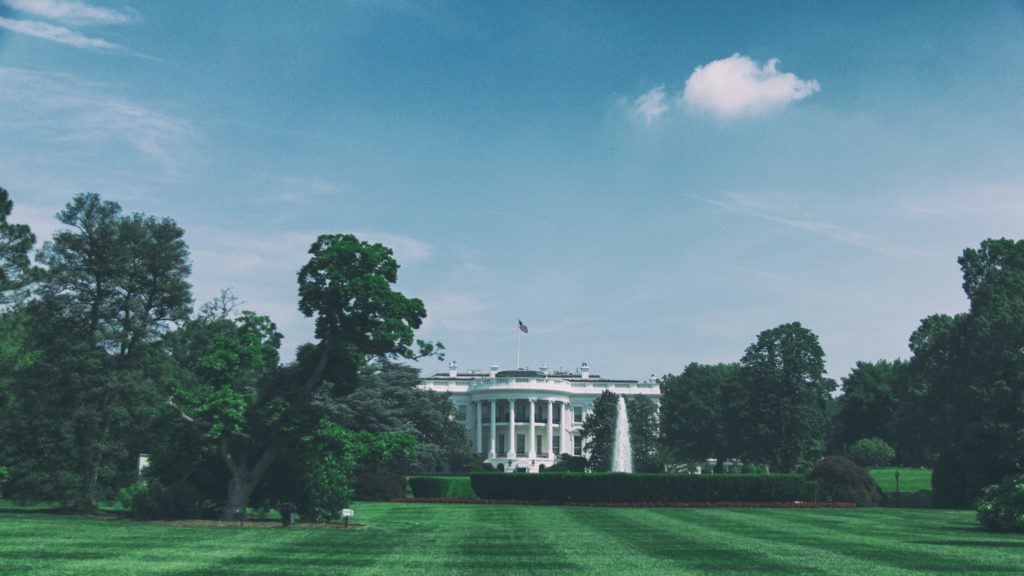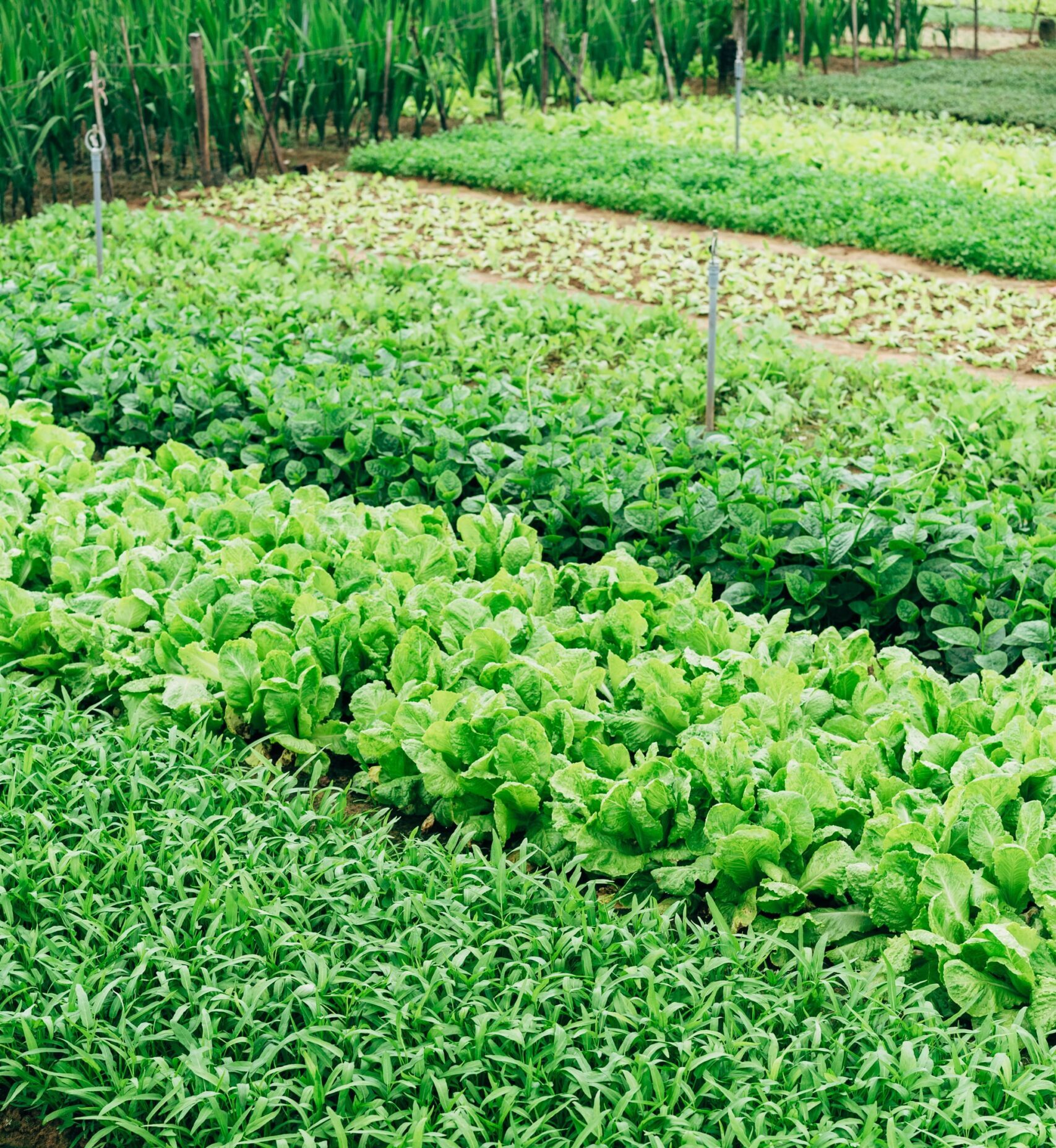We are less than a hundred days away from election day. Like me, I’m sure many of you want a president in office who has some plan to address the climate crisis and move the United Staes towards a more eco-friendly and sustainable future. A few weeks ago, Joe Biden and his team worked with former rival Bernie Sanders, Alexandria Ocasio-Cortez, and John Kerry to come up with a climate plan.
Before we delve into this plan, it is important to note that mere months ago, when an activist came up to Mr. Biden to ask about his plan regarding the climate crisis, the nominee told him to “vote for someone else.” The man, a former Iowa state representative Ed Fallon, was also asking how Biden could claim to be “against” gas pipelines and still plan on replacing the pipes. Biden then put a finger on Fallon’s chest and accused him of not supporting him in the primary, which was the race he was concerned with at the time. With Joe Biden now the Democratic party’s official candidate, it seems he is now listening to the people’s concerns regarding our planet. (Or at least more cautious about the optics over climate crisis.) But is it enough?
The original plan announced during the primaries involved spending $1.7 trillion over the next ten years to help the U.S. achieve net-zero emissions by 2050, per the Paris Agreement. With more reports and scientific studies coming out warning us that our planet is going to hit the 2°C tipping point sooner rather than later, this isn’t enough. The new plan promises $2 trillion of funding for climate progress over the next four years.
After reading Biden’s proposed plan, here are some of the main points I uncovered:
Infrastructure
Biden’s plan for infrastructure is to revamp and strengthen existing roads, bridges, ports, waterways, and rail systems. His plan is to also to transition to electrically powered modes of transportation. Part of this transition is to reintroduce the rail system to the U.S. and ensure a clean and reliable railroad system throughout the country. Not only would there be a railway system that connects the country, but all cities that have over 100,000 people would be supported by reliable public transportation systems by 2030. The infrastructure focus also promises clean, safe drinking water and access to 5G broadband across the whole country.
Auto Industry
Biden promises to create 1 million new jobs in the auto industry. These jobs would focus on auto manufacturing, supply chains, and auto infrastructure. Although China’s progress with electric vehicles is mentioned in his plan, it is unclear whether these jobs would specifically focus on electric vehicles or vehicles in general. Biden promises to encourage consumers and manufacturers to “go clean,” described as American-made zero-emission vehicles and parts. 500,000 new electric charging ports are pledged to, as well as all new American-built buses to be zero-emissions by 2030. Finally, Biden also plans to establish fuel economy standards by working with the industry to implement new technology and move towards zero-emissions. No further explanation was provided.
Carbon-Pollution-Free Power Sector by 2035
Biden promises to create more jobs by employing welders, electricians, and other skilled laborers to set up on-shore and off-shore renewable energy systems. There is mention of both solar and wind energy as the focus of the project. Joe Biden plans on beginning this project during his first term to meet the goal of carbon-pollution-free power by 2035.
Energy Efficiency in Existing Buildings and Housing
This goal involves creating 1 million jobs to upgrade 4 million buildings and weatherize 2 million homes over the next 4 years. The 4 million commercial buildings would focus on schools to improve energy efficiency and address health risks from older structures. Presidential nominee Joe Biden also promises rebates and low-cost financing to families to assist with upgrading appliances and windows to make their homes more energy-efficient.
Clean Energy Innovation
This promise is an investment in science. Biden plans on creating a new research agency that would focus on climate change to help spur the movement towards 100% clean energy in the U.S. He also promises to invest in national laboratories and land grants in Historically Black Colleges and Universities (HBCU).
Sustainable Agriculture
Biden’s plan for agriculture comes in three parts. Creating jobs for scientists and land managers to assist with restoring ecosystems, creating jobs to clean up local economies, and supporting farmers. His plan for restoring ecosystems is to thin out forests to prevent wildfires (so cut down more trees), restore wetlands, plant trees in urban neighborhoods to help with heat, and protect and restore coastal ecosystems. The second part involves cleaning up and sealing abandoned oil and gas wells to prevent further leaks and ecosystem contamination. Finally, Biden plans to support farmers by providing low-cost financing for new technology, strengthening food security, helping small and medium farms get market access, investing in diverse farmers, and working with Congress to create better legal protection for farmers. No further specifics on how these promises were to be fulfilled were given.
Environmental Justice
Joe Biden plans on addressing environmental justice in two ways. First, by making a goal that 40% of all promised investments above benefit disadvantaged communities first. These communities are described as “communities of color, rural and urban low-income communities, and tribal communities.” Second, he plans on implementing a Climate and Economic Screening Tool to identify these disadvantaged communities to better help them in the future.

Believing that climate crisis exists is only a very, very small part of what we need. We need a president who can set effective goals and execute them.
The verdict
So that was a lot of information, the original plan is about 15-20 pages long, and you can read it here. I had to read it a couple of times to get down to the nitty-gritty and identify the political loopholes Biden and his team carefully instrumented. The first thing I noticed was the timeline. Many of these promises throw money at problems and set goals that are at a minimum fifteen years away. With President Trump removing the United States from the Paris Agreement and undoing a lot of the climate work President Obama did, we can now see how easy and quick it is for a new president to change work done in the past. So even if Joe Biden wins this election and gets reelected the following term, there is no guarantee that the next president will follow through and see these goals to 2035 or 2050. This doesn’t mean that our next president shouldn’t have long-term climate goals; however, there also need to be more immediate climate goals made since we are currently in a climate crisis that requires immediate action.
I understand why Biden focused so much on clean energy and infrastructure. According to the EPA, over 50% of our carbon emissions come from those two sectors. Even so, changes in these two industries are going to take the longest. With Biden beating around the bush on what he actually means in investing in the auto industry (will this money go straight to making more cars that produce more emissions?) and electric vehicles still not being any more affordable for the average person, this promise seems to miss the mark. I’m the first person to jump on board for an efficient and clean railway system and public transport. I have also seen how many years this can take in a city, let alone nationwide. Reducing animal agriculture and reforestation are projects that were not mentioned that could make a real difference and still be completed during his term as president. Let’s not forget that international scientists and the UN have endorsed these two strategies as the most practical, efficient, and safe ways to reduce greenhouse gases.
Yes, I did see he plans on planting millions of trees in urban areas to help with the heat. While this is sustainable urban planning, this isn’t reforestation. Planting saplings along streets or even planting trees in parks isn’t going to help already destroyed ecosystems. These trees are also not as efficient at carbon intake as trees we find in the forest, which he is planning on removing more of to help with forest wildfires. As you can read in one of my previous articles, larger trees that grow for longer periods are more efficient at the intake and conversion of carbon.
Finally, Biden’s silence on animal agriculture raises alarm. Better education about nutrition and the accessibility of affordable plant-based foods needs to be addressed by Biden if he wants to truly have a comprehensive climate plan.
I am glad that at least one of the main party presidential candidates is addressing climate change (since the other is still in fervent denial that we’re in a crisis). But if Biden thinks this obtuse plan is enough to convince voters, he would be making a grave mistake. This isn’t the issue of whether he can be progressive enough to woo liberal voters—most would vote for anyone who isn’t Trump. This is the issue of whether he can be progressive enough to save Earth from destruction.
Get more like this—Sign up for our daily inspirational newsletter for exclusive content!
__
Photo by Srikanta H. U on Unsplash; Joe Biden via Instagram





